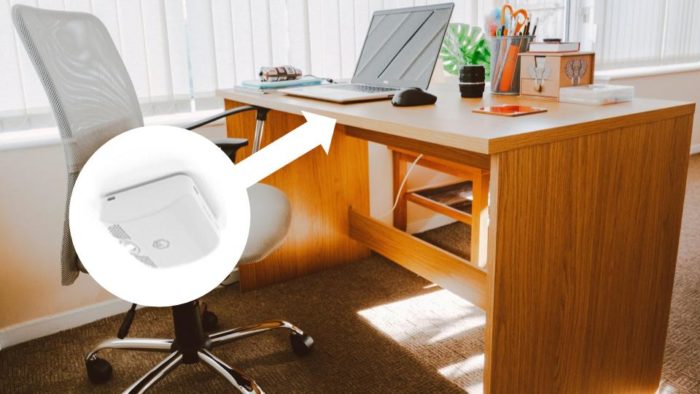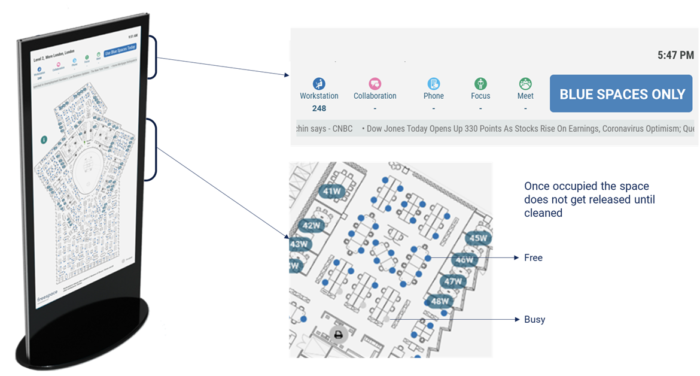With the help of KORE’s device builder platforms, Freespace reunited office workers in 72 cities worldwide during COVID.
COVID-19 has forced businesses to rethink everything. For some companies, it’s time to get employees back to the office, but they must consider how to meet government-issued COVID-19 safety requirements. In fact, the back-to-the-office safety challenge is so steep, in countries where the virus is still uncontrolled, only 10 to 15 percent of employees are working on-site.
The global pandemic is driving a new set of data needs around workplace occupancy. Businesses recognize that the only way employees can return to the office is by understanding what’s happening within the office space. There’s an IoT-enabled solution for that: Freespace, by Workplace Fabric. Freespace has been making the workspace intelligent for years. Before the coronavirus happened, facility managers used Freespace to govern their spaces with efficiency and reduce operating costs by optimizing office occupancy. By leveraging occupancy data and automating HVAC controls, facility managers could reduce energy spending. Today, Freespace is helping them keep employees safe from COVID-19. Their solution works by using sensors installed on desks and in meeting rooms to collect occupancy data.

Software is then used to establish an analysis in real time and provide facility managers with the data they need to ensure social distancing, occupancy-based cleaning, COVID-19 guidance compliance, and employee reassurance.

Freespace knew that controlling the spread of COVID-19 meant making occupancy data available to everyone in the building. So they built large screens, visible on each floor, showing socially-distanced spaces that all employees can use on a particular day and time. In addition, employees and cleaning staff may use a mobile app for even more flexibility during a work day.

From helping customers reduce costs, to rapidly producing a COVID-safe solution for the workplace, Freespace has celebrated incredible accomplishments in a short time. However, these didn’t come without technical challenges.
Before COVID-19, Freespace aimed to make spaces intelligent and more efficient. With that goal in mind, they learned security was a top concern for facility managers.
“Understanding these occupancy metrics is key to businesses going from 10 to 100 percent of employees back in the office,” said Raj Krishnamurthy, CEO of Freespace. “But when you’re managing occupancy data, you have to build a solution that is both secure, reliable and scalable.”
Freespace had three critical needs to tackle their technical problems. First, they needed a managed connectivity platform that would seamlessly handle all critical IoT connectivity functions, freeing up engineers to focus their time on core product features. Second, they needed security features strong enough to satisfy the requirements of their enterprise customers’ IT departments. Lastly, they needed the ability to reliably send sensor data over Wi-Fi or cellular to the cloud for analysis. It became obvious that they would need an IoT platform that met these needs—versus build all the required infrastructure themselves, which would have slowed them down with work that wouldn’t even differentiate them in their market.
Freespace chose KORE and their highly scalable IoT connectivity platform.
“Due to the scalability of the KORE platform, we were able to roll out Freespace quickly in 72 cities worldwide, and counting” said Krishnamurthy.
It also gave Freespace comprehensive security features to prevent hackers from compromising the broad attack surface inherent to any connected system. They were able to double-down on security thanks to embedded modules running the platform’s embedded operating system on Freespace sensor devices, which provide secure Wi-Fi or cellular connectivity.
“Our increased confidence in a secure connection over Wi-Fi or cellular to the cloud allowed us to deploy 30,000 Freespace sensors within 12 months,” said Krishnamurthy, “even during the pandemic.”